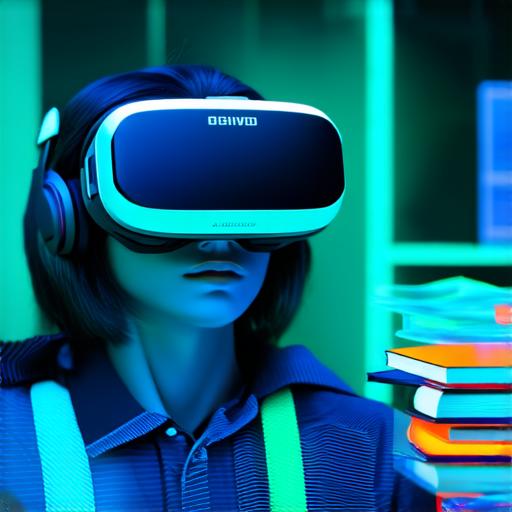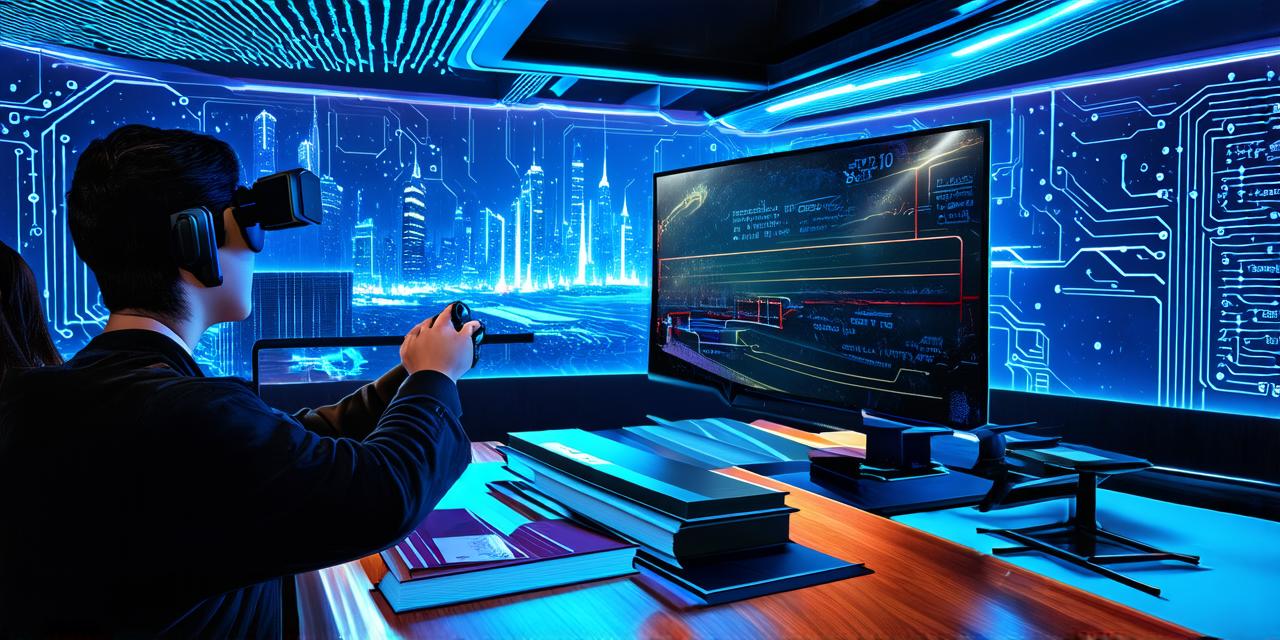Virtual reality (VR) is a rapidly growing field that has the potential to revolutionize education.
It provides students with an immersive, interactive, and engaging learning experience that can enhance their knowledge retention, critical thinking, and problem-solving skills. This article will explore the impact of VR in education by examining its benefits, challenges, and best practices.

Benefits of Virtual Reality in Education
Enhanced Learning Outcomes: Studies have shown that VR can improve learning outcomes by providing students with a more engaging and interactive experience. For example, a study conducted by the University of Maryland found that students who used VR to learn about history performed better on tests than those who learned using traditional methods such as reading or lectures.
Improved Engagement: VR provides an immersive and interactive learning experience that can help to increase student engagement. By providing students with a virtual environment that mimics real-life situations, VR can make learning more relevant and exciting.
Enhanced Collaboration: VR can also enhance collaboration by allowing students to work together in a virtual space. For example, students can collaborate on projects or assignments, practice teamwork skills, and develop communication and problem-solving skills.
Accessibility: Virtual reality provides an accessible learning experience for students of all ages and abilities. It can be used to provide accommodations for students with disabilities or those who are unable to attend in-person classes. Additionally, VR can be used to provide learning opportunities to students in remote or underserved areas.
Challenges of Virtual Reality in Education
High Cost: One of the main challenges of VR in education is its high cost. The cost of VR hardware and software can be prohibitive for many schools and universities, particularly those with limited budgets.
Technical Issues: Technical issues such as motion sickness, hardware compatibility, and maintenance can also be a challenge for educators using VR in the classroom. For example, some students may experience motion sickness when using VR, which can disrupt their learning experience.
Lack of Research: There is still limited research on the effectiveness of VR in education. While there are some studies that suggest positive outcomes, more research is needed to fully understand the impact of VR on student learning and engagement. This can make it difficult for educators to determine whether VR is a worthwhile investment for their classrooms.
Best Practices for Using Virtual Reality in Education
Start Small: When implementing VR in the classroom, it’s important to start small. Begin with a single VR experience or lesson and gradually expand as you gain experience and resources. This can help to mitigate some of the challenges associated with VR, such as cost and technical issues.
Provide Training: Training is essential for both teachers and students when using VR in the classroom. Teachers need to be trained on how to use the technology effectively, while students need to be trained on how to use it safely and responsibly. This can help to ensure that VR is used in a meaningful and impactful way in the classroom.
Integrate VR into Curriculum: Integrating VR into curriculum is key to maximizing its impact. VR should not be used as a one-off experience but rather as an integral part of the learning process. This can help to ensure that students are using VR in a meaningful and purposeful way, and that they are able to apply what they have learned in other areas of their education.
Collaborate with Other Schools: Collaborating with other schools can help to share resources, knowledge, and best practices when implementing VR in education. This can help to overcome some of the challenges associated with VR, such as cost and technical issues.
